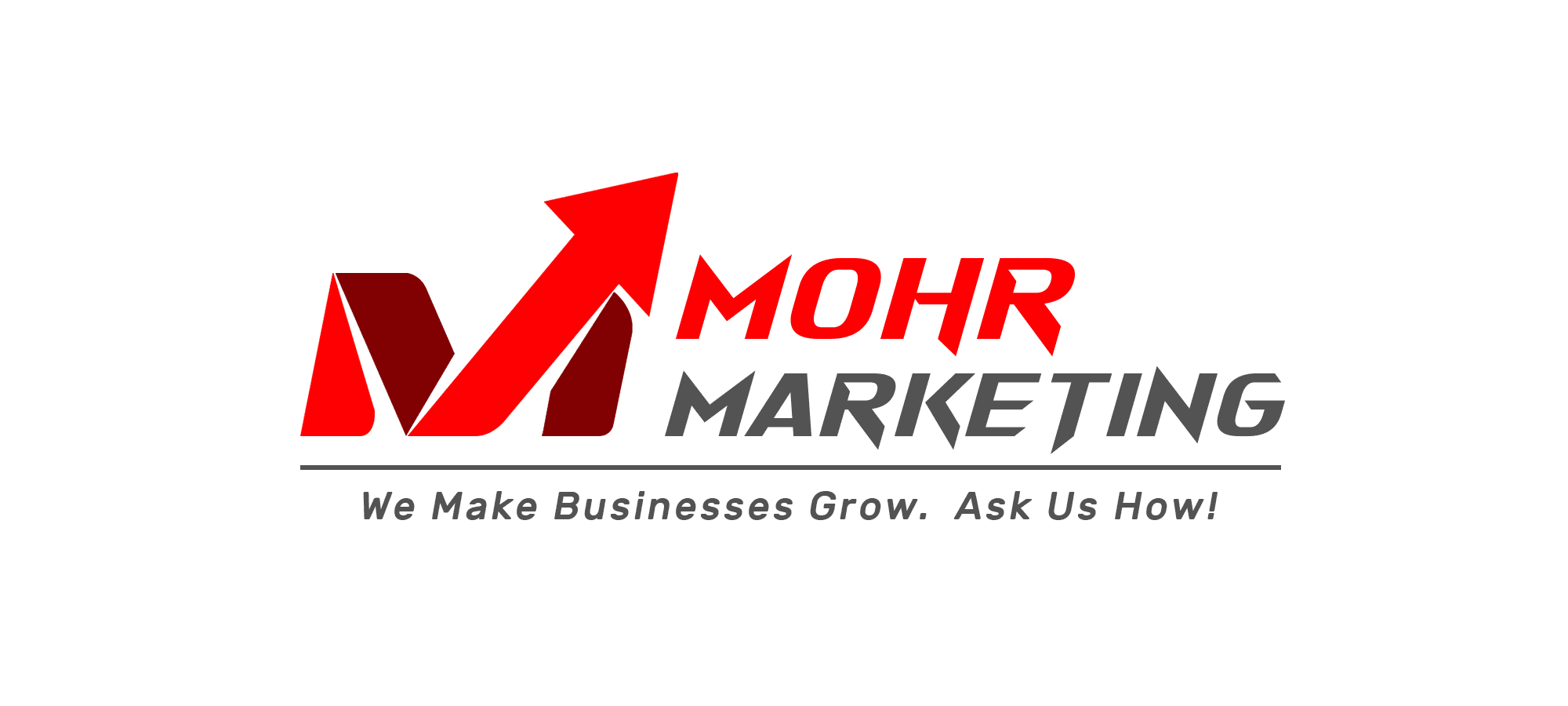Understanding Lead Generation For Plastic Surgeons
August 2, 2024 by Susan MohrUnderstanding Lead Generation In The Medical Field
Lead generation in the medical field, particularly for plastic surgeons, is a nuanced and multifaceted process that involves attracting and converting potential patients into consultations or appointments. Unlike other industries where leads might be generated through simple online forms or retail incentives, medical lead generation requires a more delicate approach due to healthcare services’ personal and often sensitive nature.

In this context, understanding the patient’s journey is crucial. Prospective patients typically conduct extensive research before deciding on a plastic surgeon. They look for credentials, reviews, before-and-after photos, and detailed procedure information. As such, providing comprehensive and trustworthy content on your website can significantly influence their decision-making process.
Moreover, the importance of building trust cannot be overstated. Potential patients need to feel confident in their technical skills and ability to understand their concerns and deliver satisfactory results. This is why testimonials, case studies, and patient stories are powerful tools in medical lead generation.
Digital marketing strategies such as SEO (Search Engine Optimization), social media engagement, and targeted advertising also play pivotal roles. These methods help ensure your practice appears prominently when potential patients search for related services online. Effective lead generation combines informative content with strategic visibility to guide potential patients seamlessly from inquiry to consultation.
Identifying Your Target Audience As A Plastic Surgeon
Identifying your target audience as a plastic surgeon is crucial for effective lead generation. This process begins by understanding the specific demographics and psychographics of those most likely to seek your services. Generally, the primary demographic includes adults between the ages of 30 and 60, often skewing towards females interested in cosmetic enhancements such as facelifts, breast augmentations, or body contouring procedures.
However, it’s important to recognize that younger individuals may also seek treatments like rhinoplasty or non-surgical options such as Botox and fillers.
Beyond age and gender, consider the socio-economic status of your potential clients. Plastic surgery is often an elective procedure not covered by insurance; thus, it is essential to target individuals with disposable income or those willing to finance their procedures. Psychographically, these individuals may prioritize appearance and self-improvement, indicating a higher likelihood of investing in aesthetic enhancements.
Understanding their motivations is equally important. Some may seek surgery for reconstructive reasons following trauma or illness. In contrast, others might be motivated to boost self-confidence or align their physical appearance with personal ideals. By thoroughly identifying and understanding these facets of your target audience, you can tailor your marketing strategies more effectively to attract and convert potential leads into satisfied clients.
Building An Effective Online Presence
Building an effective online presence is paramount for plastic surgeons aiming to generate leads and grow their practice. In today’s digital age, potential patients often turn to the internet first when researching medical procedures and practitioners. A well-crafted online presence not only establishes credibility but also serves as a robust platform for engaging with prospects.
A professional, user-friendly website is the cornerstone of this presence. It should showcase the surgeon’s expertise, credentials, and range of services through high-quality content that includes detailed procedure descriptions, before-and-after galleries, and patient testimonials. These elements build trust and provide essential information that potential patients seek.
Moreover, search engine optimization (SEO) ensures that the website ranks highly in search engine results pages (SERPs). Plastic surgeons can enhance their visibility by integrating relevant keywords naturally into the content and maintaining a blog with regular updates on industry trends or patient success stories.
Social media platforms like Instagram and Facebook offer additional avenues for engagement. Regular posts featuring educational videos, patient testimonials, or behind-the-scenes glimpses can humanize the practice and foster community. Surgeons can demonstrate their attentiveness and commitment to patient care by responding promptly to inquiries on these platforms.
In essence, a cohesive online strategy combining an informative website with active social media engagement significantly boosts lead-generation efforts for plastic surgeons.
Utilizing Social Media For Lead Generation
Utilizing social media for lead generation offers a dynamic and cost-effective approach for plastic surgeons seeking to expand their client base. Platforms like Instagram, Facebook, and TikTok are popular and visually driven, making them ideal for showcasing before-and-after transformations, procedural videos, and patient testimonials. Plastic surgeons can build trust and credibility with prospective clients by creating engaging content that highlights the expertise and results offered.
Strategically targeted ads on these platforms allow plastic surgeons to reach specific demographics based on age, gender, location, and interests. This precision targeting ensures that promotional efforts are directed at individuals most likely to seek cosmetic procedures. Moreover, interactive elements such as polls, Q&A sessions via Instagram Stories, or Facebook Live events allow potential clients to ask questions and receive immediate responses.
This level of engagement fosters a sense of community and personalized attention.
Additionally, by maintaining an active presence on social media through regular posts and updates, plastic surgeons can stay on top of the minds of followers considering future procedures. Collaborations with influencers or satisfied patients who share their positive experiences can further amplify reach and credibility. Thus, leveraging social media effectively can convert curious browsers into committed clients.
Implementing Search Engine Optimization (SEO) Strategies
Implementing search engine optimization (SEO) strategies is crucial for enhancing the online visibility of plastic surgeons. It begins with in-depth keyword research to identify terms potential patients use when searching for plastic surgery services. These keywords should be strategically incorporated into the website’s content, including blog posts, service pages, and meta descriptions. High-quality, informative content that addresses common patient concerns and questions can significantly boost organic traffic.
On-page SEO elements such as title tags, headers, and image alt texts must also be optimized to improve search engine rankings. A mobile-friendly website design is essential since many users access information via smartphones. Additionally, local SEO practices cannot be overlooked; claiming a Google My Business profile and ensuring consistent NAP (Name, Address, Phone number) information across all online directories will help plastic surgeons appear in local search results.
Backlinking from reputable websites within the medical field can further enhance credibility and authority in the eyes of search engines like Google. Regularly updating content to reflect new techniques or procedures ensures the site remains relevant and authoritative. By systematically implementing these SEO strategies, plastic surgeons can attract more qualified leads and grow their practice.
Leveraging Email Marketing Campaigns
Leveraging email marketing campaigns can be a powerful strategy for plastic surgeons to generate high-quality leads. The key lies in crafting personalized, informative, and engaging content that speaks directly to potential patients’ needs and concerns. Start by building a robust email list, which can be achieved through sign-ups on your website, social media channels, and during in-office visits. Offering valuable content such as e-books on cosmetic procedures or exclusive discounts for newsletter subscribers can incentivize sign-ups.
Once you have a solid list, segment it based on criteria such as age, gender, or specific interests. This allows you to tailor your messages more precisely. For instance, emails about anti-aging treatments might resonate more with middle-aged subscribers than younger ones interested in body contouring.
Content is king when it comes to email marketing. Craft emails that provide value—whether it’s through educational articles about the latest procedures, patient testimonials that build trust, or limited-time offers that create urgency. Ensure your subject lines are compelling yet concise to boost open rates.
Finally, monitor the performance of your campaigns through analytics tools. Metrics such as open rates, click-through rates, and conversion rates will offer insights into what works best for your audience and help refine future campaigns for even better lead-generation outcomes.
Tracking And Analyzing Lead Generation Metrics
Tracking and analyzing lead generation metrics is crucial for plastic surgeons aiming to optimize their marketing strategies and improve patient acquisition rates. By meticulously monitoring key performance indicators (KPIs), such as conversion rates, cost per lead (CPL), and return on investment (ROI), practitioners can gain valuable insights into the effectiveness of their campaigns.
Conversion rate, which measures the percentage of leads that become actual patients, is a critical metric. A high conversion rate indicates that the marketing message effectively resonates with the target audience. Conversely, a low conversion rate may suggest issues with messaging or targeting that must be addressed.
Cost per lead explains how much is spent to acquire each potential patient. This metric helps budget and assess whether marketing expenditures yield satisfactory results. A lower CPL typically signifies more efficient use of marketing resources.
Return on investment measures the profitability of lead generation efforts by comparing revenue generated from new patients against the costs incurred in acquiring them. Analyzing ROI helps plastic surgeons determine which channels deliver the highest returns, allowing them to allocate resources more effectively.
Regularly tracking these metrics enables plastic surgeons to make data-driven decisions, refine their strategies, and achieve sustainable growth in their practice.
CALL 866-695-9058 OR USE OUR REQUEST A QUOTE FORM.
Susan Mohr
Mohr Marketing, LLC
CEO and Founder


Recent Posts
- Optimize Your 2025 Taxes & Supercharge Your 2026 Docket
- Optimize Your 2025 Taxes & Supercharge Your 2026 Docket
- What Is Location Based Marketing Explained
Categories
- AI and Lead Generation
- Business Financing
- Call Verified MVA Leads
- Car Accident Help
- Car Accident Settlements
- Claimant Funding
- Compliance Program
- Geotargeting
- Google Maps Ranking
- Healthcare Practice Growth
- Law Firm Growth
- Law Office Operations
- Lead Generation
- Lead Generation For Attorneys
- Lead Generation For Chiropractors
- Lead Generation For Criminal Attorneys
- Lead Generation For D&A Treatment Centers
- Lead Generation For DUI Attorneys
- Lead Generation For Eye Doctors
- Lead Generation For Family Law Practices
- Lead Generation For PI Law Firms
- Lead Generation For Plastic Surgeons
- Leads For Healthcare Professionals
- Leads For Insurance Industry
- Legal Leads
- Legal Marketing
- Legal Updates
- Mass Tort Leads
- Medicare and Medicaid Leads
- Merchant Funding Leads
- Online Marketing Strategies
- Pre-Settlement Funding
- Signed MVA Cases
- Tort Updates
- Truck Accident Settlements
- Web Design
Archives
Copyright © 1994-2025 Mohr Marketing, LLC. All Rights Reserved.


